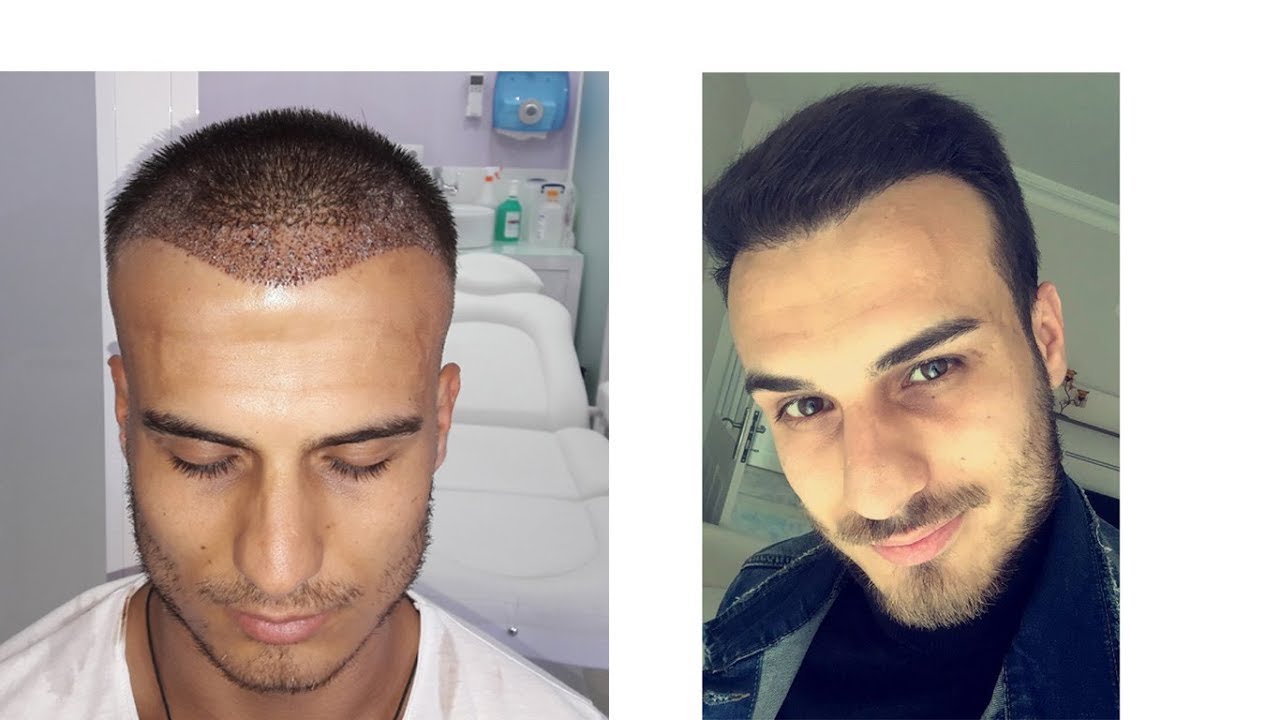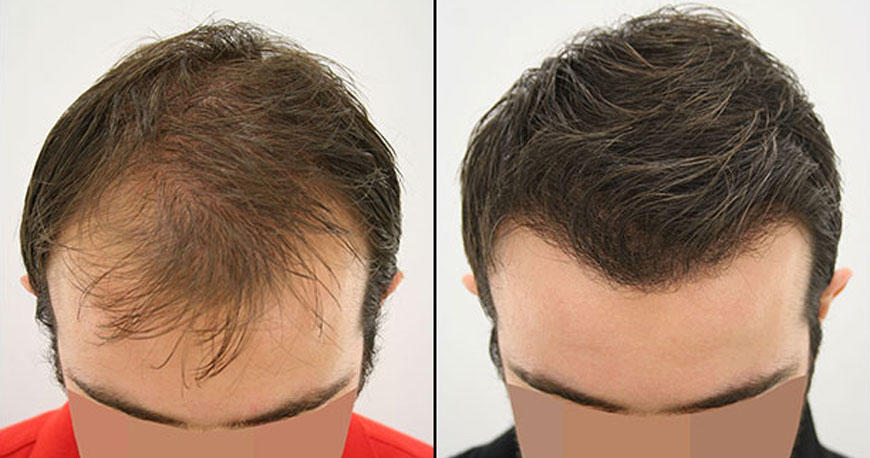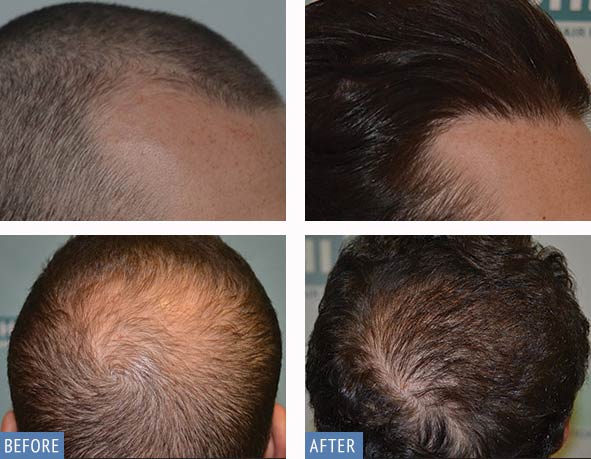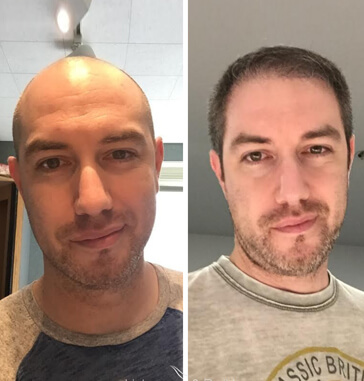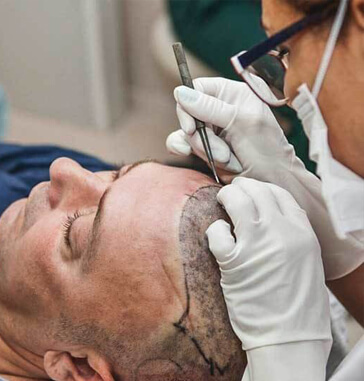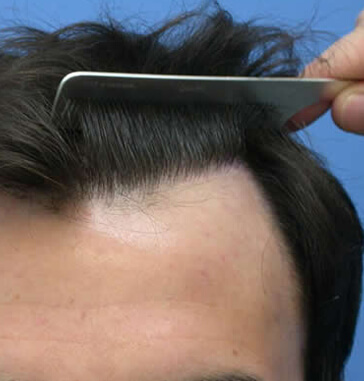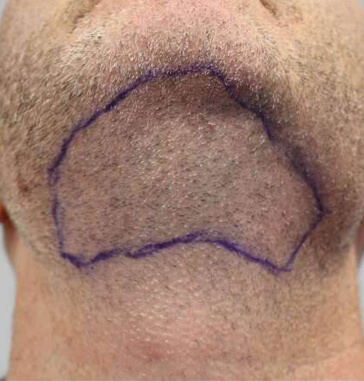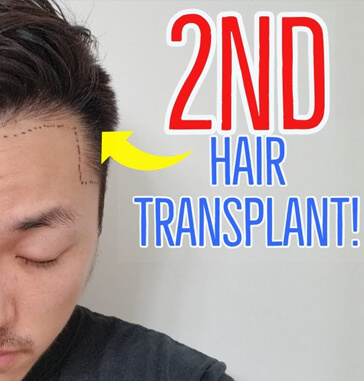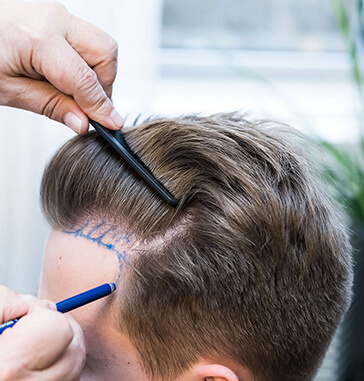Hair transplantation is a widely preferred baldness treatment by people who have baldness issues. With a variety of different techniques, hair transplantation has evolved a long way since it first emerged as a very effective baldness treatment. There are two kinds of hair transplantation methods, namely FUT ( Follicular Unit Transplantation ), and FUE ( Follicular Unit Extraction ). During FUT, your surgeon will cut a thin strip of scalp from behind your neck, which is the donor area. On the other hand, during FUT, they will not have to cut your scalp but make only very small incisions to collect the hair follicles from your scalp skin. So FUE is considered to be a more advanced and developed method than FUT.
What Is DHI Hair Transplant
Direct hair implantation, namely DHI, is a new and even more advanced version of FUE. With a modification to the graft implantation technique, DHI Hair Transplant promises to yield stronger hair grafts and faster operation. Your doctor will need to open channels after the graft extraction phase during the FUE method. However, during DHI, your doctor can open channels and plant grafts at the same time using a pen-shaped tool.
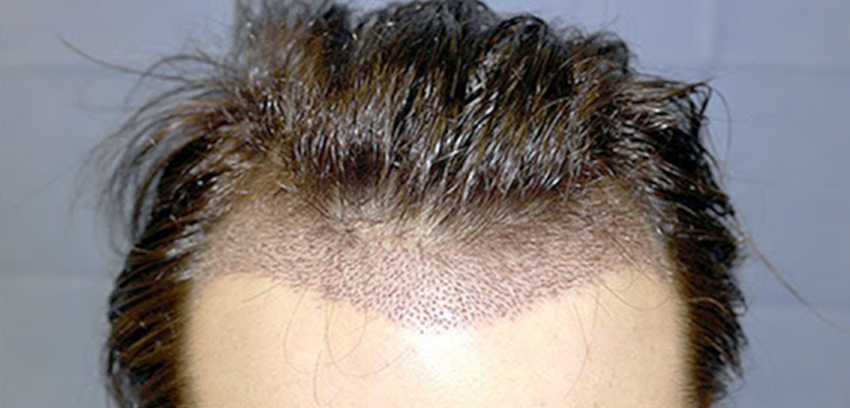
How Is DHI Hair Transplantation Performed?
During the FUT method, your doctor will first collect grafts and then put them in a fluid called hyposol to keep them fed. meanwhile, he will open the channeled to harvest hair follicles into the recipient area. However, FUE eliminates this long process thanks to the special pen used to open channels and harvest grafts all at once. Overall the hair transplant procedure is the same as the FUE method, except fort he innovative harvesting technique:
- Your doctor will shave and use the local anesthesia to numb your head.
- They will begin to collect grafts from the back of your ear or neck with a thin-tipped needle.
- They will transmit the grafts into the Choi pen, the pen-shaped tool that will open channels and harvest grafts.
- Afterward, the hair follicles will be harvested into the bald areas of your scalp. Your doctor will insert the Choi pen at an angle of 40-45 degrees. It is also important to implant the hair follicles by the patient’s hair angle, and this technique allows for implementation at an angle compatible with the natural direction of the hair from the scalp.
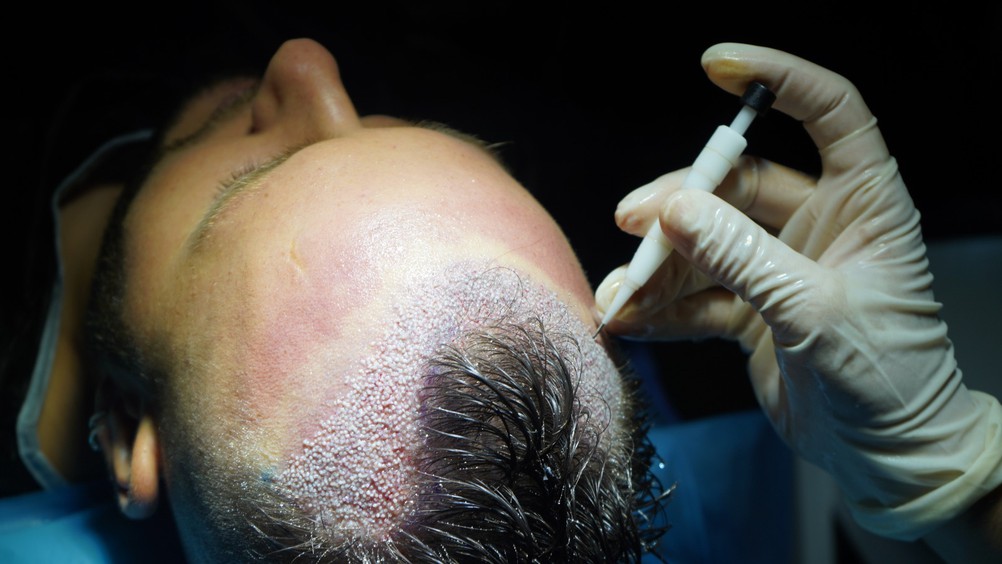
Advantages Of DHI Hair Transplantation
With the use of a special tool named Choi pen, DHI hair transplantation provides the following advantages:
- Grafts will not be kept in a solution so they will keep healthier.
- Since our doctor will collect and then directly implant the grafts into the recipient area, you will save time.
- As it is very safe and the least invasive hair transplantation procedure possible, the patient will return to normal daily activities in a short time.
- The hair follicle survival rates are quite high, which contributes to the success of the hair transplantation.
- DHI technique causes minimal damage to your scalp skin.
- The Choi pen allows for different diameters that can be used for different hair structures.
- This technique is very well-liked by female patients as they will not have to shave, unlike other methods.
- The patient's hair will have a natural look thanks to this specialized technique.
- Recovery time will be short in comparison to other methods.
- The total number of grafts will be quite high, which will provide a very high hair density to the patient.
- Reduced bleeding in the recipient area.
- The risk of the scar will be minimum with the thin-tipped needles used, which means this is such a minimally invasive technique.
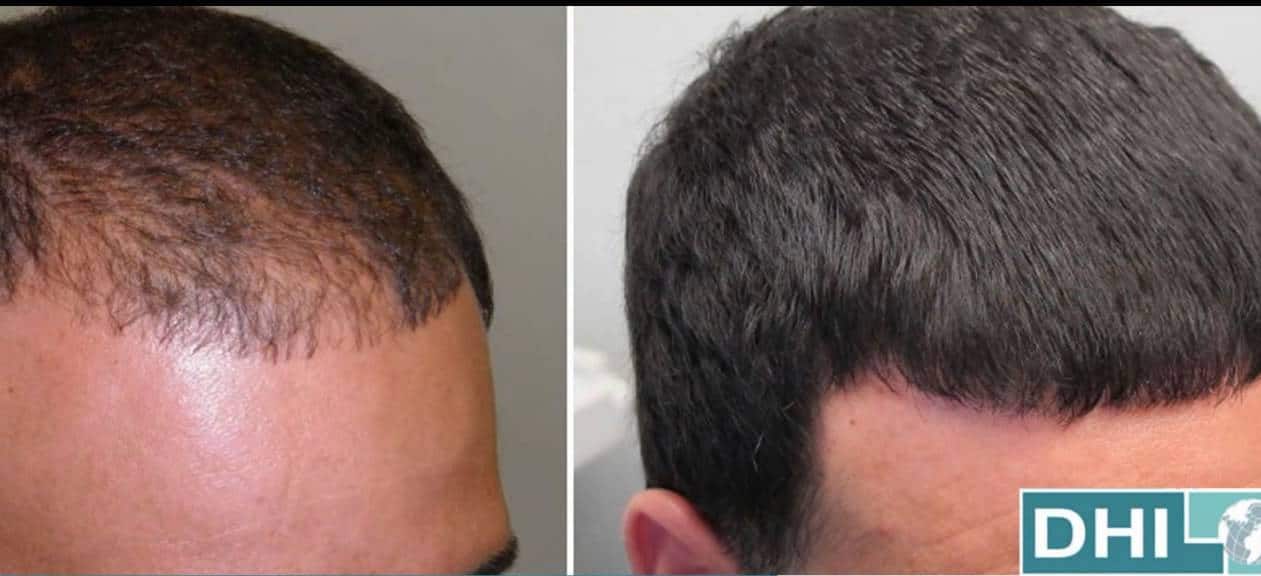
Risks Of DHI Hair Transplantation
All the hair transplantation methods, including the DHI technique, are generally safe with minimal risk of complications. DHI technique does not require making a cut as in FUT, and the incisions are really very small, but still, there will be many small incisions to take the hair follicles out. Those small incisions eventually leave your head with tiny scars. So, as is the case with all medical operations, DHI hair transplantation has some risks and potential complications.
- The patient may react to the local anesthesia. Though anesthesia is generally harmless, the patients may sometimes have a bad reaction to it.
- FUE and DHI hair transplantation techniques have a little risk of infection as compared to the FUT technique. While there will be a cut during the FUT technique, there will be very small incisions in DHI and FUE. However, there is still a small risk of infection in very small incisions made in both the donor area and the recipient area. Your doctor may prescribe post-operative antibiotics to avoid this risk.
- Shock hair loss is a normal part of the healing process but still is an unpleasant experience for patients. This can happen within two months following the surgery. As this hair loss is only temporary and you will regain your hair in a few months, you do not need to worry.
- Bleeding is a very rare complication for minimally invasive procedures like DHI hair transplantation. But still, if you are prone to bleeding, have coagulation issues, or take blood thinners, you may be at risk of minor or major bleeding. You should consult your doctor about your risk of bleeding.
Is Everyone Eligible For This Technique?
Generally speaking, it is the people with androgenetic alopecia who are most eligible for all kinds of hair transplantation methods. This is because other types of hair loss may recur, and the patients may lose their implanted hair. However, androgenetic alopecia is caused by a combination of genetic and horöonal factors. Because some people are sensitive to the DHT hormone, they may lose their hair in a way specific to the androgenetic alopecia. The hair collected from the donor area is resistant to DHT hormone, so people with androgenetic alopecia will keep their implanted hair, and the results of the surgery will be permanent.
Other than that, people younger than 25 years of age are not suitable for this procedure as the hair loss pattern may change over time. If the patient does not have enough hair in the donor area, they are considered poor candidates for this procedure.
DHI Hair Transplant Results And Before After Photos
Here are some great examples of DHİ hair transplants. Check these DHİ hair transplant before after photos;
